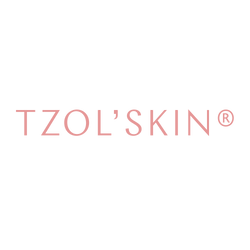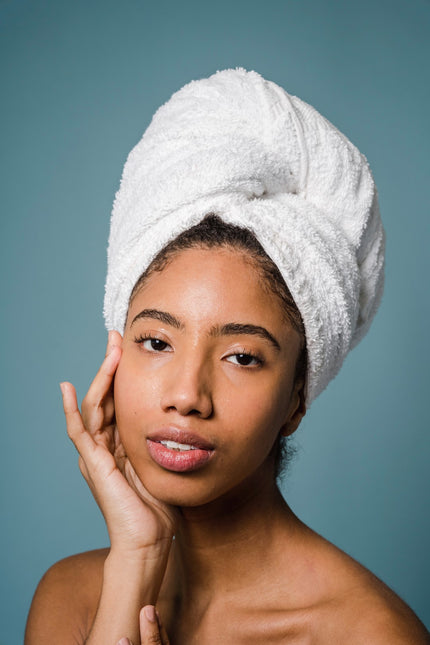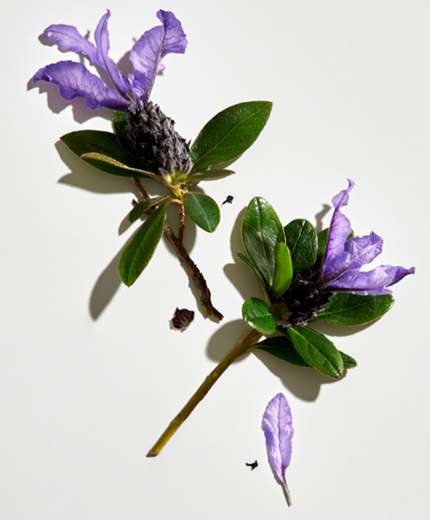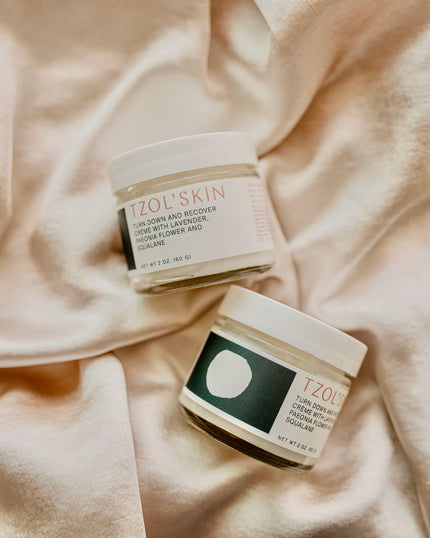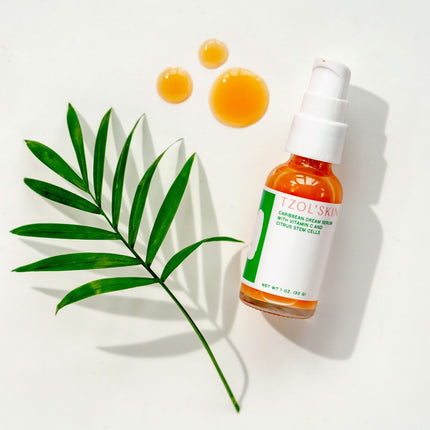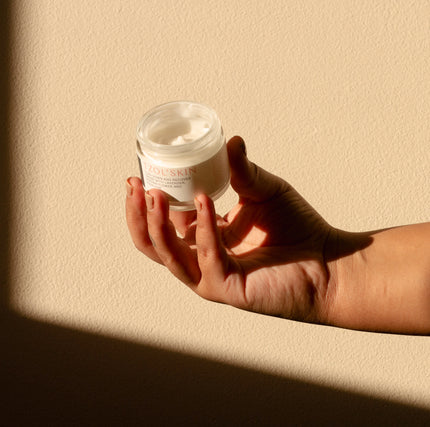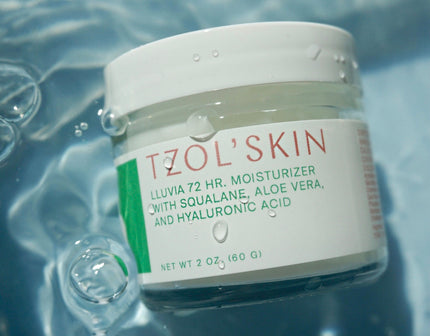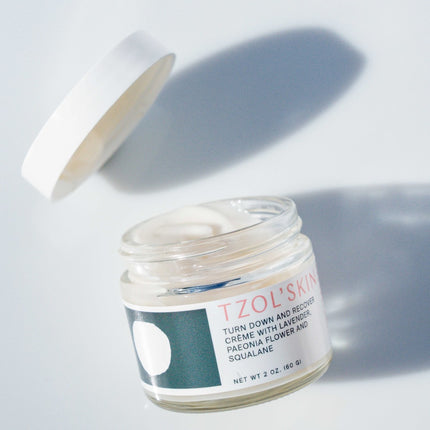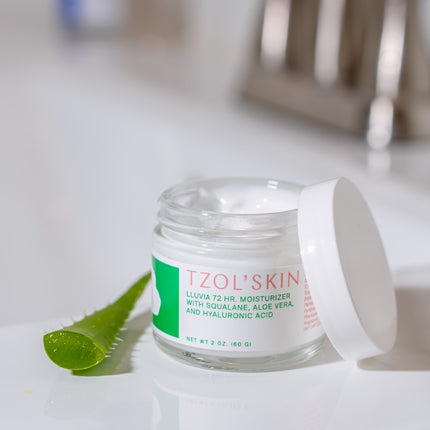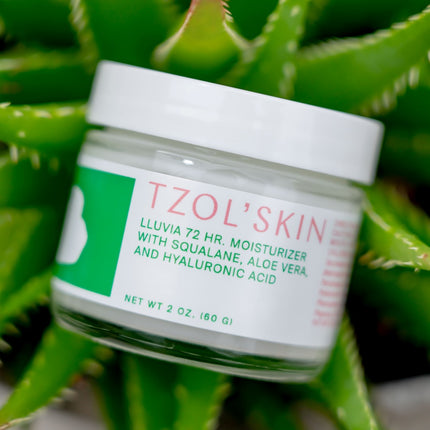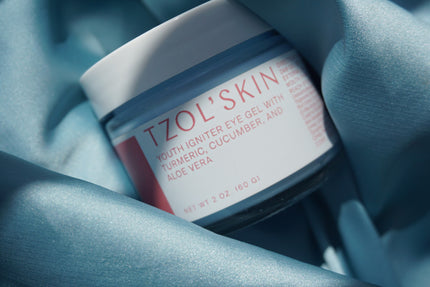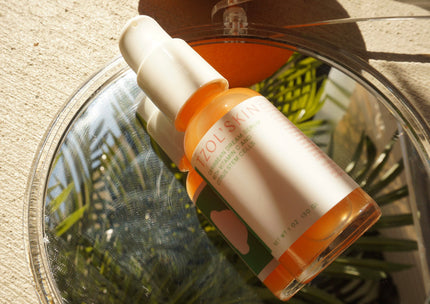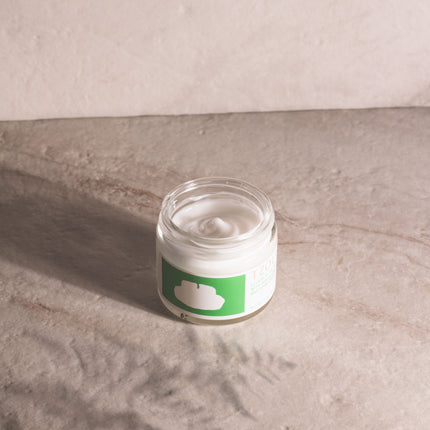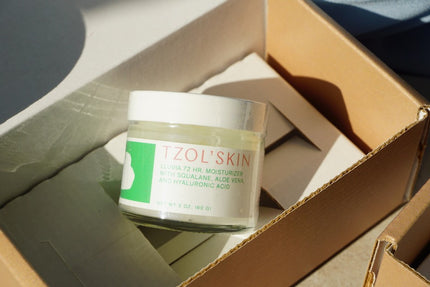Tax included and shipping calculated at checkout
Squalane Benefits: Everything to know about where it comes from and how to use it.
This summer I got an incredibly painful sunburn after spending a few hours on the beach on a foggy day. I foolishly thought the clouds meant I didn’t need to wear sunscreen, and I was left with bright red, peeling skin. Instead of reaching for a bottle of neon green aloe gel from the drugstore, I reached for a surprisingly inexpensive product I swear by for soothing my skin: squalane.
I’m all for slathering my face and body with the best ingredients in the name of my skin’s short- and long-term health, but it gets expensive — and squalane is a great budget-friendly option for addressing my burns in the summer and my dry, itchy skin in the winter. Intrigued yet? Here’s everything you need to know about this mysterious skin care ingredient.
WHAT IS SQUALANE, AND WHERE DOES IT COME FROM?
Squalane (pronounced skwey-leen), is a naturally occurring, colorless ingredient that’s typically derived from two sources: the liver oil of deep sea sharks and vegetable oils.
Human skin produces its own version of squalane called squalene, which the body uses it to lock in moisture, including to stay healthy and hydrated during the winter.
“It’s one of the many natural lipids your body produces to lubricate and protect your skin,” said dermatopathologist Dr. Gretchen Frieling.
HOW DO YOU USE SQUALANE?
Now that you know where squalane comes from, how can you put it to use? First and foremost, squalane makes for an excellent nonoily face and body moisturizer because it acts as an antioxidant and emollient.
“Because the skin already makes its own version of squalane, it easily penetrates and replenishes the natural moisture barrier,” said Caroline Hadfield, president of Pipette, a new Environmental Working Group-certified baby and skin care brand that uses squalane in many of its products.
“It’s gentle enough to use on skin of all ages and skin types, even sensitive,” Hadfield said.
Squalane also helps soothe eczema, dermatitis and psoriasis, according to Frieling, and protects skin from free radicals that can lead to signs of premature aging.
Squalane can help soothe eczema, dermatitis and psoriasis, according to dermatopathologist Dr. Gretchen Frieling. Frieling said you can also use it on your nails (it’s great for cuticles), under-eye area and lips (it heals chapped lips better than many lip balms). It can also help revive dry hair.
“Just as when squalane is applied to the skin, when it’s used on your hair, it mimics your hair’s natural sebum,” she said. “If you live in an area with extreme weather patterns, applying squalane is especially beneficial in preventing weather damage by maintaining moisture and sustaining the hair’s natural softness.
Like it was for me, maybe squalane is what your beauty cabinet is missing, too.
Written by Leigh Weingus
